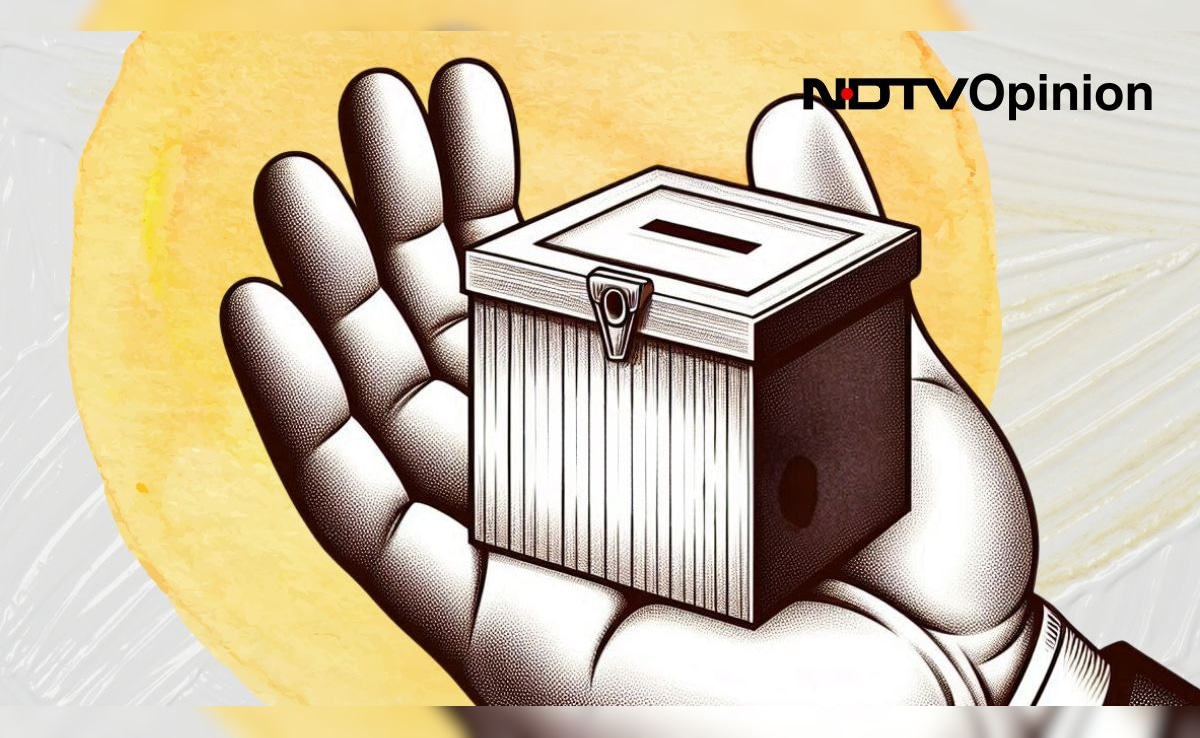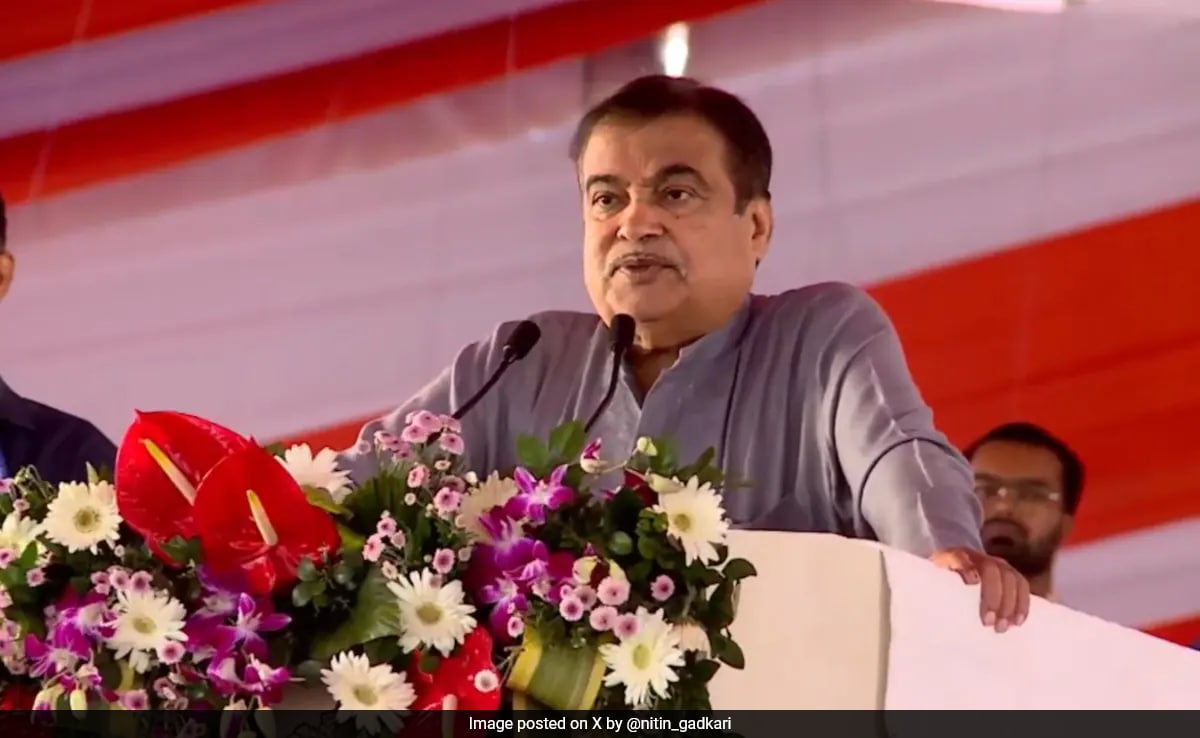With just a week left until the first phase of polls in Jammu and Kashmir, parties and candidates have ramped up their campaigning efforts. In Haryana, parties are scrambling to finalise their candidates, with September 12 being the last date for nominations. Jharkhand and Maharashtra are expected to hold elections in November, following the October polls in Haryana and Jammu & Kashmir.
In these states, ‘Others’ – which includes smaller parties and independents – have either played a pivotal role in the formation of governments or acted as spoilers to major contenders in the past. They could once again influence the outcome of the 2024 state elections, particularly as major parties face internal dissent in Haryana and a rise in independent candidates in Jammu & Kashmir.
The last elections in Jammu & Kashmir (2014) and Haryana (2019) resulted in hung assemblies. Jharkhand has seen hung verdicts in two of its four elections since its inception (2005 and 2009). Jammu & Kashmir, in all three of its polls this century (2002, 2008, and 2014), has never delivered a clear mandate.
In Haryana, two out of the five elections in this century (2009 and 2019) resulted in hung assemblies. In Maharashtra, ‘Others’ have averaged a 25% vote share and won 34, representing 12% of the assembly’s strength.
High Activity In Jammu & Kashmir
In the 2002 elections, ‘Others’, including independents but excluding the Peoples Democratic Party (PDP), the Jammu and Kashmir National Conference (JKNC), the Congress, and the Bharatiya Janata Party (BJP), secured a 30% vote share and won 22 seats. The PDP and the Congress formed a post-poll arrangement, falling short by eight seats and relying on some of these independents and smaller parties.
By 2008, ‘Others’ held a 32% vote share but won only 10 seats. The JKNC and the Congress then formed a government through a post-poll arrangement.
In 2014, ‘Others’ won 15% of the vote and seven seats. The PDP and the BJP formed a government through a post-poll arrangement. In seven seats, the ‘Others’ finished as runners-up. Notably, in 12 constituencies where ‘Others’ were second runners-up, they garnered more votes than the margin of victory.
In the 2024 general elections, ‘Others’ won a seat, with an independent candidate defeating Omar Abdullah. They secured 25% of the vote and led in 15 of the 90 assembly segments.
With the last date for withdrawal in the first two phases passed, there are now 458 candidates contesting 50 seats in Jammu & Kashmir, averaging over nine candidates per seat. This high level of interest in the first elections in a decade indicates intense competition, raising the likelihood of a hung assembly. The JKNC has minimal influence in Hindu-majority Jammu, while the BJP’s impact is limited in Muslim-majority Kashmir.
The Haryana Battle
In the 2000 state elections, ‘Others’ secured 30% of the vote. This decreased to 20% in 2005, rose again to 30% in 2009, then dropped to 22% in 2014, and further to 18% in 2019. They won between eight and 16 seats each time. In 2009, ‘Others’ won 15 seats in a hung assembly, while in 2019, they won eight seats, excluding the Jannayak Janta Party (JJP).
In 2009, the Congress formed a government with the support of independents and smaller parties, whereas in 2019, the JJP and the BJP struck a post-poll arrangement. ‘Others’ finished as runners-up in 12 seats, and in 16 seats where they were the second runners-up, they received more votes than the margin of victory.
Although in the 2024 general elections, ‘Others’ did not lead in any assembly segment and garnered just 8% of the vote, the local nature of state polls suggests they could still play a significant role. The Bahujan Samaj Party (BSP), which has had a consistent vote share of 4%-6% in recent elections, has allied with the Indian National Lok Dal (INLD), and Chandrasekhar Azad’s Aazad Samaj Party (ASP) with the JJP to target Dalit votes, which constitute 20% of the population. In the 2024 Lok Sabha polls, 68% of Dalits are estimated to have supported the INDIA bloc.
With talks between the Congress and the Aam Aadmi Party (AAP) failing, the AAP is likely to contest most seats, making the contest multi-cornered. Additionally, the BJP and the Congress’s lists have triggered rebellion, with many MLAs and disgruntled leaders announcing their intentions to run as independents. These candidates could act as vote splitters, potentially diminishing the chances of dominant parties. Congress, favourite based on general election performance and initial opinion polls, should be cautious of ‘Others’ who could split the anti-BJP vote.
Jharkhand’s Madhu Koda Precedent
In the 2005 elections, ‘Others’ [excluding the Congress, the Jharkhand Mukti Morcha (JMM) and the BJP] achieved a remarkable 50% vote share and won 25 out of 81 seats, resulting in a hung verdict.
In 2009, ‘Others’ maintained their strong performance with a 49% vote share and 31 seats. Although their influence waned in 2014 and 2019, they still secured a 33% vote share in both elections, winning 19 and 10 seats, respectively. However, in 2014 and 2019, the National Democratic Alliance (NDA) and the United Progressive Alliance (UPA) achieved simple majorities. In 2019, ‘Others’ were runners-up in eight seats and scored more than the margin of victory in 31 seats where they were second runners-up, affecting the chances of both alliances.
Jharkhand is notable for electing an Independent, Madhu Koda, as Chief Minister in 2006, marking only the third instance of an Independent assuming such a role in Indian history.
Initially, Bihar-based parties like the Janata Dal (United), the Lok Janshakti Party (LJP), and the Rashtriya Janata Dal (RJD) had significant influence in Jharkhand, but their impact has diminished over time. With the All Jharkhand Students Union (AJSU) aligning with the BJP and the Jharkhand Vikas Morcha (Prajatantrik) merging with the BJP, the influence of ‘Others’ may decrease in 2024. Many ST community-based parties, like the Jharkhand Party, have also seen a decline, with the JMM emerging as the main representative. Nevertheless, in a tightly contested election, ‘Others’ could still play a disruptive role.
Numerous Players In Maharashtra
The 1999 and 2004 elections produced hung assemblies, even as the 2004 assembly was marginally hung, with the UPA falling five seats short of a majority.
In the 2019 elections, ‘Others’ won 29 seats with a 24% vote share. In 2014, they had a 17% vote share and 20 seats, while in 2009, they secured 54 seats with a 32% vote share. Parties such as the Bahujan Vikas Aaghadi (BVA), the All India Majlis-e-Ittehadul Muslimeen (AIMIM), the Samajwadi Party (SP), the Vanchit Bahujan Aaghadi (VBA), the Peasants and Workers Party of India (PWPI), and the Prahar Janshakti Party (PJP) have regional influence.
In 2019, ‘Others’ influenced 86 seats (30% of the total), scoring more votes than the margin of victory and affecting the chances of both major alliances.
‘Others’ are poised to flex their muscles and may well play a significant role in the 2024 state elections. Whether they will become kingmakers or simply act as vote-cutters remains to be seen.
(Amitabh Tiwari is a political strategist and commentator. In his earlier avatar, he was a corporate and investment banker.)
Disclaimer: These are the personal opinions of the author













